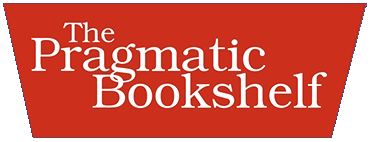Huzi
Mechanics behind Block Blast–style puzzle games - what are the best approaches for developing one for the web?
I’ve been studying the mechanics behind Block Blast–style puzzle games, and I’m curious about the best approaches for developing one for the web.
A few questions I’m exploring:
-
What’s the most efficient way to handle block collision and clearing logic in JavaScript or WebGL?
-
Any advice for smooth animation performance on mobile browsers?
-
Do you think using a game framework (like Phaser, PixiJS, or Unity WebGL export) is worth it for this type of puzzle game?
First Post!
Eunice56
For handling block collision and clearing in a grid-based puzzle game, using a 2D array to represent the game state is the most efficient approach. The clearing logic typically involves a “flood fill” algorithm to find and remove connected blocks of the same color, followed by a function to make blocks fall into empty spaces.
For smooth animation on mobile, CSS transforms and requestAnimationFrame are your best friends. They are heavily optimized by browsers. A lightweight framework like Phaser or PixiJS is often worth it, as it handles rendering, input, and asset loading, letting you focus on the game logic.
Popular Game Dev topics

Other popular topics

Categories:
Sub Categories:
Popular Portals
- /elixir
- /rust
- /ruby
- /wasm
- /erlang
- /phoenix
- /keyboards
- /python
- /js
- /rails
- /security
- /go
- /swift
- /vim
- /clojure
- /emacs
- /haskell
- /java
- /svelte
- /onivim
- /typescript
- /kotlin
- /c-plus-plus
- /crystal
- /tailwind
- /react
- /gleam
- /ocaml
- /flutter
- /elm
- /vscode
- /ash
- /html
- /opensuse
- /centos
- /zig
- /deepseek
- /php
- /scala
- /react-native
- /sublime-text
- /lisp
- /textmate
- /debian
- /nixos
- /agda
- /kubuntu
- /django
- /arch-linux
- /deno
- /ubuntu
- /nodejs
- /revery
- /spring
- /manjaro
- /lua
- /diversity
- /julia
- /markdown
- /slackware









